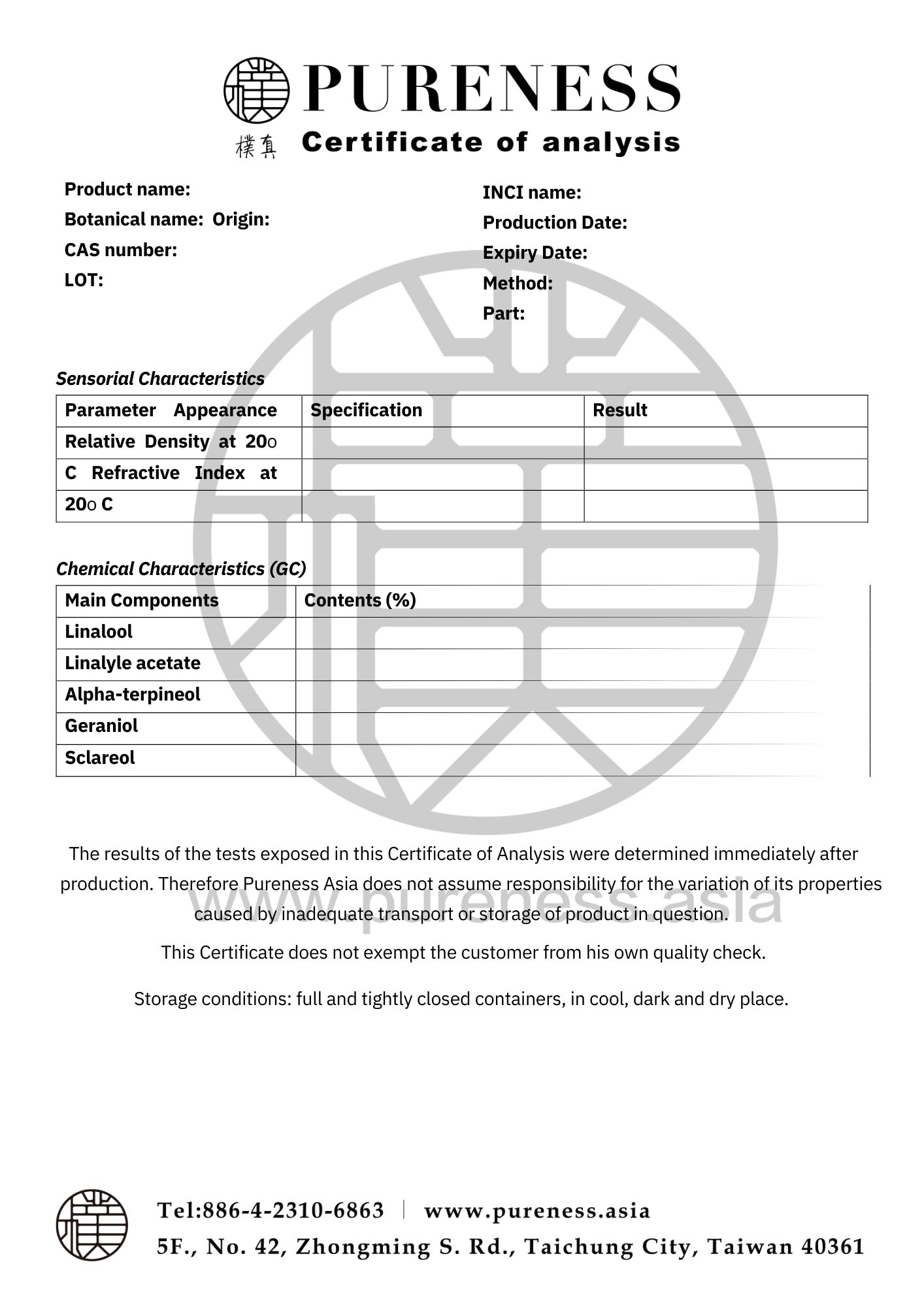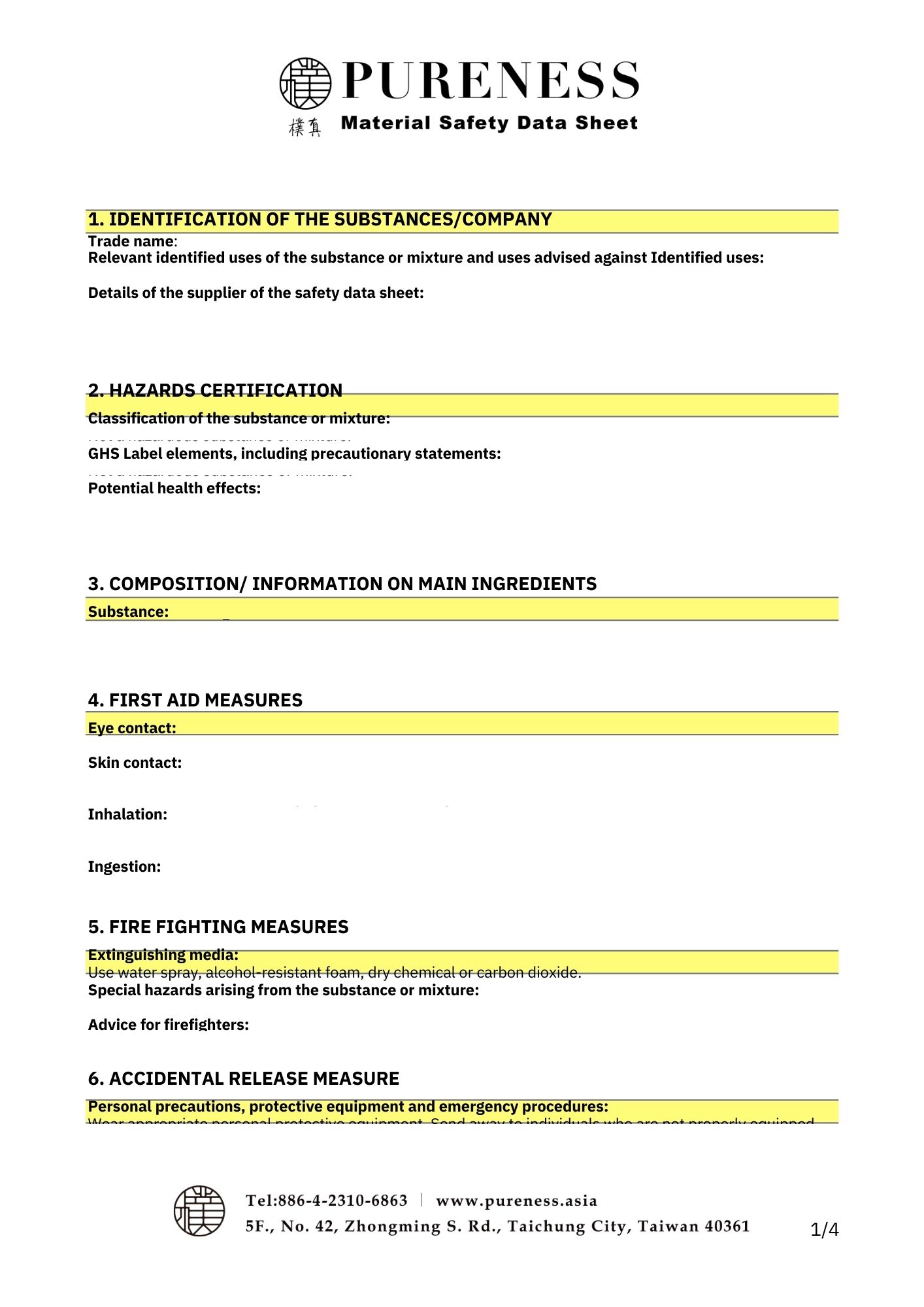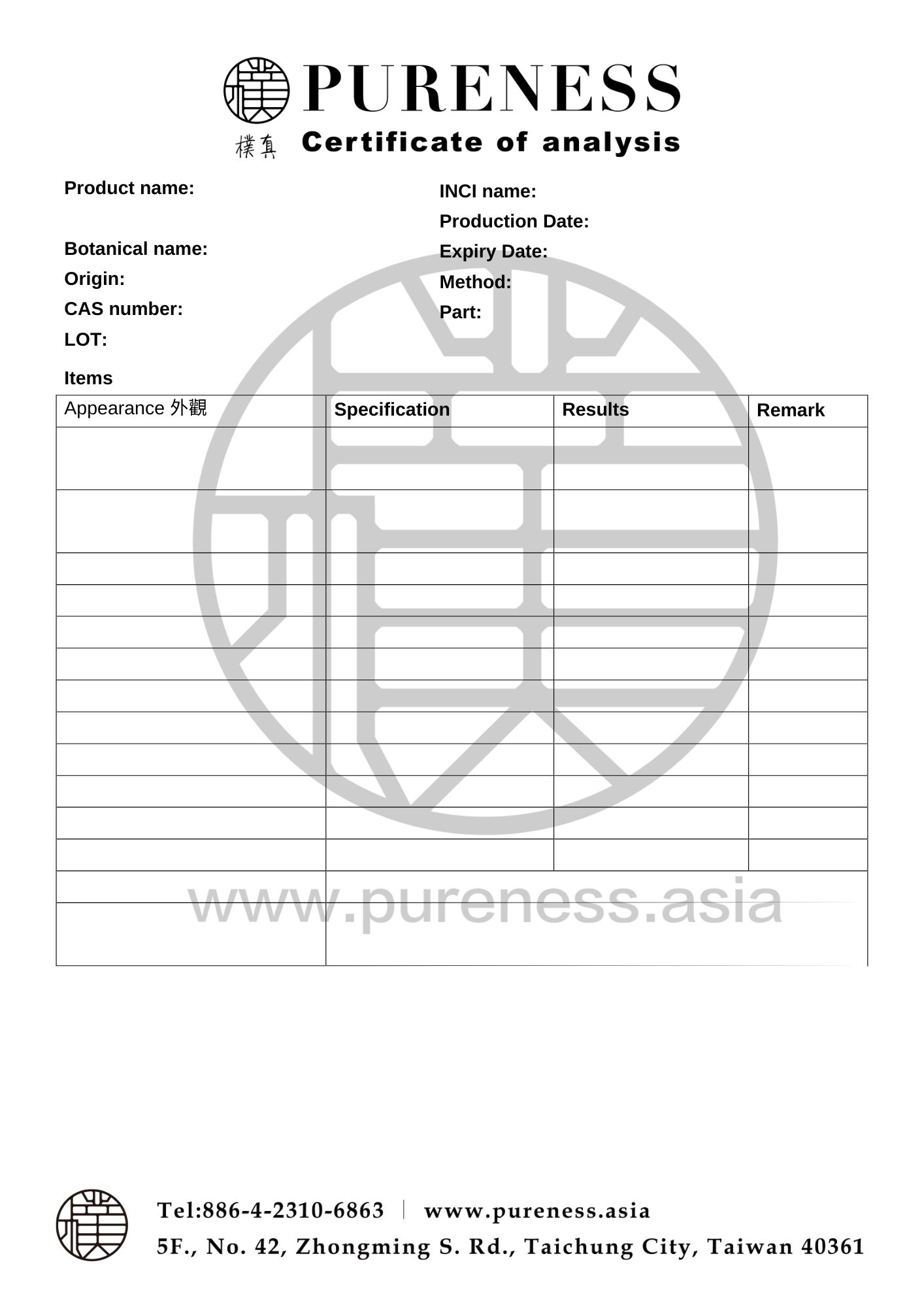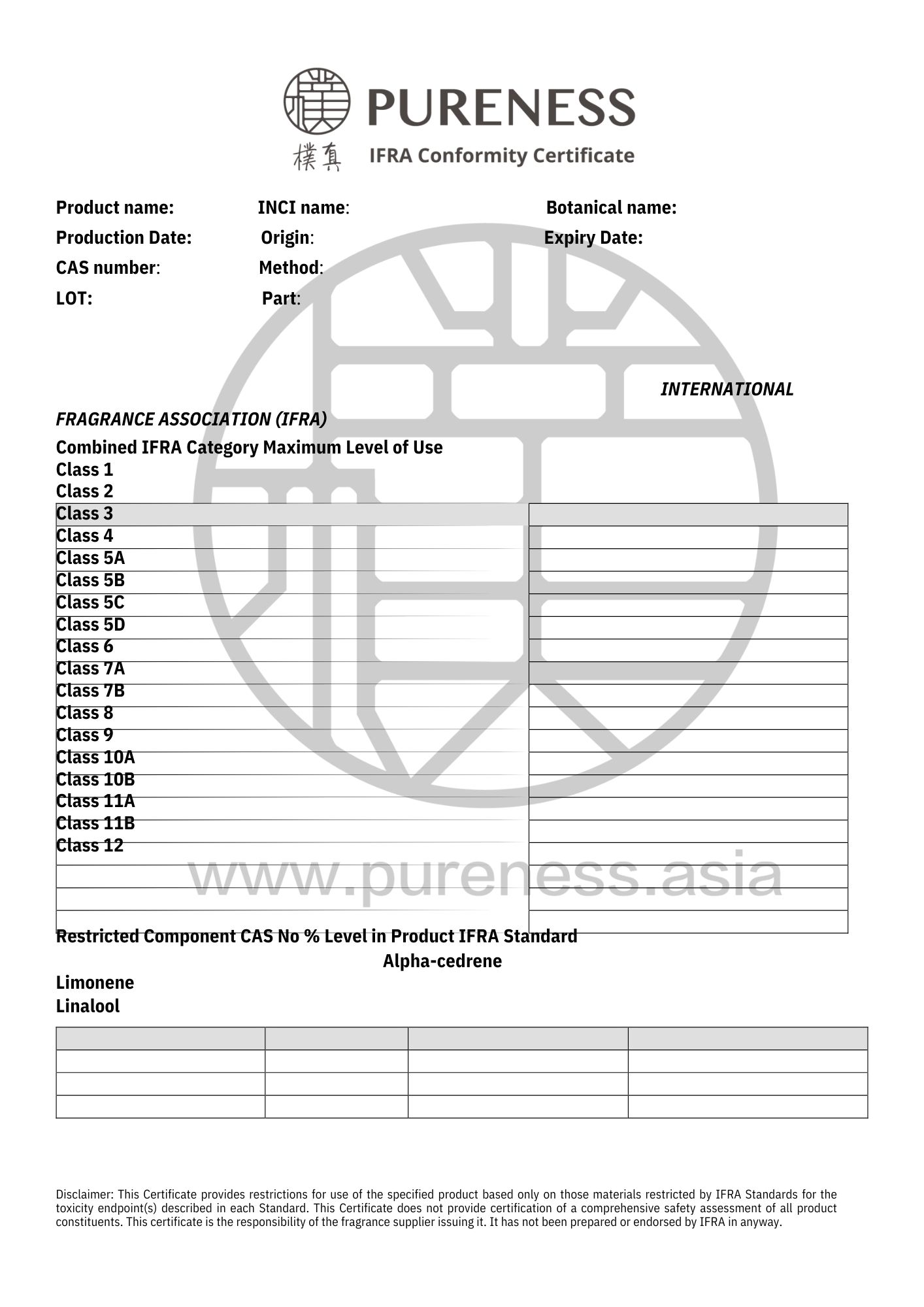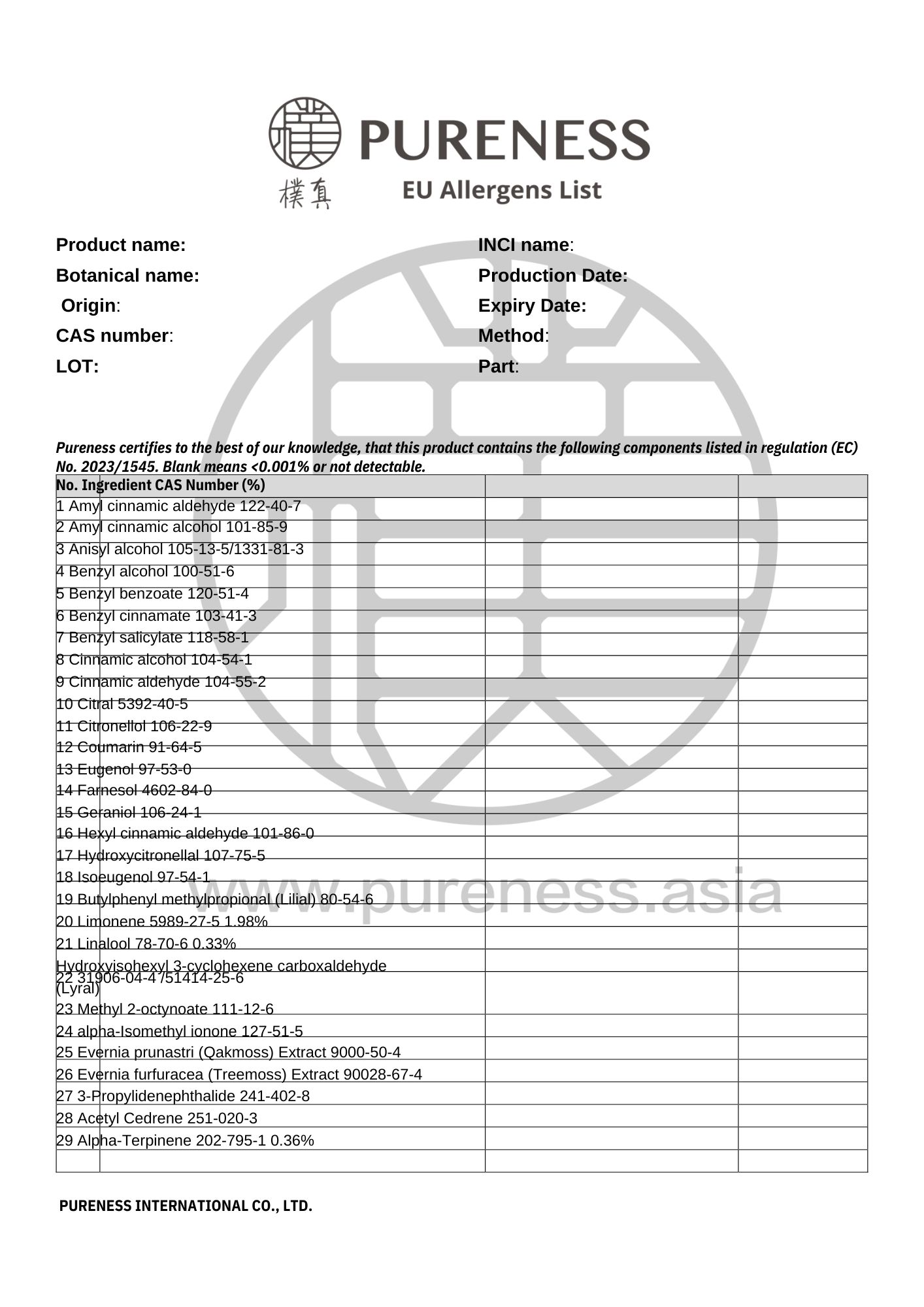
Damask Rose
Scientific name|Rosa damascena
Origin|Bulgaria
Classification|Flower series
Specifications|500g-25kg Please contact sales for details
Extraction part|Flower
Extraction method | Distillation
Plant family|Rosaceae
Aroma|Fresh and gentle floral scent
▎Essential Oil Introduction
Damask Rose (Rosa damascena) is often symbolized as a representation of faith, purity, love, and beauty, and is referred to as the "Prophet’s Flower" by Iranians. Also known as Persian Rose or Turkish Rose, it originated in Persia (modern-day Iran) and was named after Damascus, Syria, where it was originally found. During the Crusades, this variety of rose was brought to Europe, and Damascus became a major center for its distribution, hence the name Damask Rose.
Damask Rose is recognized globally as a high-quality rose variety. Its pure, delicate floral fragrance makes it a top choice among fragrant roses, leading to its extensive cultivation for the extraction of rose essential oil and rose hydrosol. Rose hydrosol, when dissolved in water, provides benefits such as hydration, itch relief, and anti-aging properties. Today, the highest quality Damask Rose is grown in Bulgaria's Rose Valley, particularly around Kazanlak. Each year, during the harvest season in May and June, this region attracts travelers from around the world hoping to witness the enchanting beauty of Damask Roses.
▎Component Analysis
|Main component: Monoterpenols
Rose oil commonly contains the following major components: Citronellol (24.47–42.97%), Nonadecane (6.44–18.95%), Geraniol (2.11–18.04%), Ethanol (0.00–13.43%), Heneicosane (2.28–8.90%), Nerol (0.75–7.57%), 1-Nonadecene (1.80–5.40%), Linalool (0.7–2.8%), and Phenylethyl alcohol (1.2–1.9%). Among these, Citronellol and Geraniol are the two primary components.
|Component 1: Citronellol
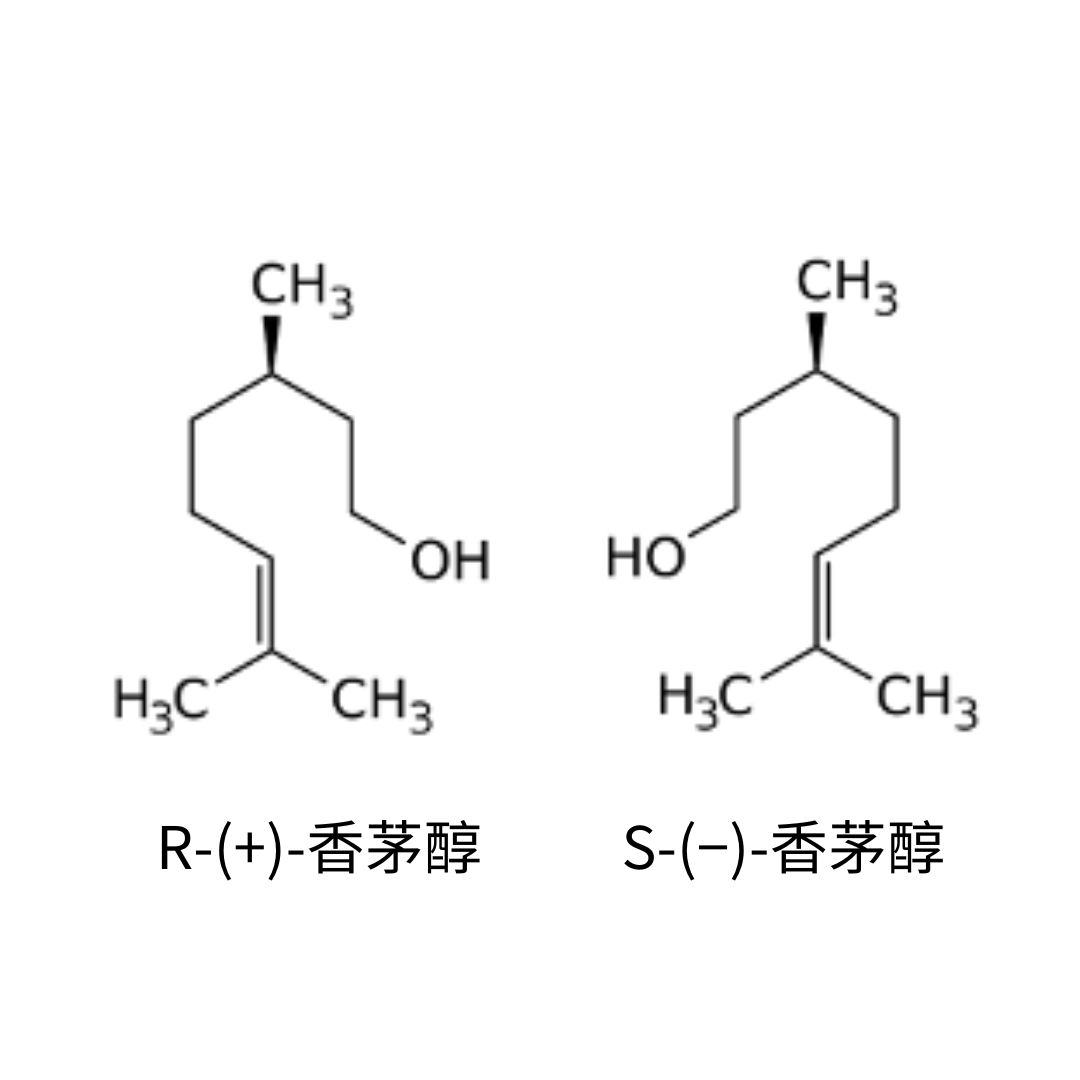
▸ In natural compounds, there are two stereoisomers of citronellol: R-(+)-citronellol, which is predominantly found in citronella oil, and S-(−)-citronellol, which is mainly present in plants from the rose genus and the Apiaceae family.
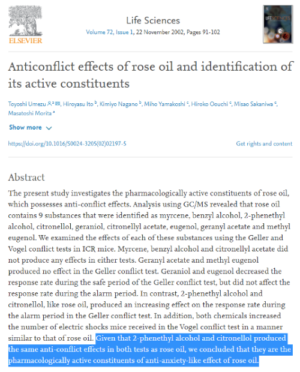
▸ Citronellol has been studied for its effects on the nervous system, as well as its antifungal properties against Candida albicans and Cryptococcus species.
|Component 2: Geraniol
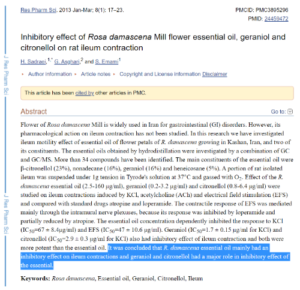
▸ Geraniol has been studied for its effects on gastrointestinal function and abdominal pain.
|Component 3: Nerol
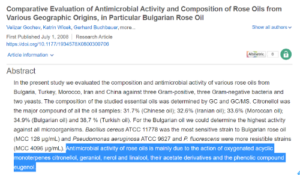
▸ Nerol is associated with research on its effects on bacterial activity and as an active molecule against various pathogens.
|Component 4: Phenylethyl alcohol
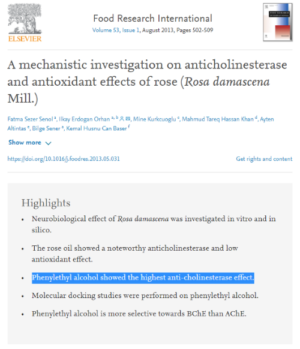
▸ There is relevant research on its effects on acetylcholinesterase (AChE) and butyrylcholinesterase (BChE) as well as DPPH antioxidant activity.
|Raw Material Certifications
To obtain relevant certification information, please contact us on WhatsApp.
▎References
- J. Hoare, 英國IFA芳香療法聖經, 新北市: 大樹林出版社, 2015.
- Boskabady, Mohammad Hossein, et al., "Pharmacological Effects of Rosa Damascena," Iranian journal of basic medical sciences, vol. 4, no. 14, p. 295, 2011.
- Basim, E., and H. Basim., "Antibacterial activity of Rosa damascena essential oil," Fitoterapia, vol. 4, no. 74, pp. 394-396, 2003.
- A. Bayrak and A. Akgül, "Volatile oil composition of Turkish rose (Rosa damascena).," Journal of the Science of Food and Agriculture, vol. 4, no. 64, pp. 441-448, 1994.
- Verma, Ram Swaroop, et al., "Volatile constituents of essential oil and rose water of damask rose (Rosa damascena Mill.) cultivars from North Indian hills," Natural product research,vol. 17, no. 25, pp. 1577-1584, 2011.
- Baser, K. H. C., M. Kurkcuoglu, and T. Ozek.,"Turkish Rose Oil Research Recent results.," Perfumer and Flavorist, vol. 2, no. 28, pp. 34-43, 2003.
- Katsukawa, Michiko, et al., "Citronellol and geraniol, components of rose oil, activate peroxisome proliferator-activated receptor α and γ and suppress cyclooxygenase-2 expression.," Bioscience, biotechnology, and biochemistry, vol. 5, no. 75, pp. 1010-1012, 2011.
- J. Lawless, The Illustrated Encyclopedia of Essential Oils., 1995.
- Umezu, Toyoshi, et al., "Anticonflict effects of rose oil and identification of its active constituents.," Life sciences, vol.1, no. 72, pp. 91-102, 2002.
- Sadraei, H., G. Asghari, and S. Emami., "Inhibitory effect of Rosa damascena Mill flower essential oil, geraniol and citronellol on rat ileum contraction.," Research in Pharmaceutical Sciences, vol. 1, no. 8, p. 17, 2013.
- Gochev, Velizar, et al., "Comparative evaluation of antimicrobial activity and composition of rose oils from various geographic origins, in particular Bulgarian rose oil.," Natural Product Communications, vol. 7, no. 3, p. 1934578X0800300706, 2008.
- T. H. C. e. a. Marques, "Evaluation of the neuropharmacological properties of nerol in mice.".2013.
- Senol, Fatma Sezer, et al., "A mechanistic investigation on anticholinesterase and antioxidant effects of rose (Rosa damascena Mill.)," Food research international, vol. 1, no. 53, pp. 502-509, 2013.
- Halawani, Eman M., "Antimicrobial activity of Rosa damascena petals extracts and chemical composition by gas chromatography-mass spectrometry (GC/MS) analysis.," AfricanJournal of Microbiology Research, vol. 24, no. 8, pp. 2359-2367, 2014.
|Some images sourced from the internet. Contact for copyright removal|
